
Efforts over the last decade are contributing to a new paradigm in identifying and managing kidney diseases. Large-scale predictive modeling and new clinical trials are chipping away at traditional approaches and offering a glimpse into the future of kidney medicine.
Cleveland Clinic is a non-profit academic medical center. Advertising on our site helps support our mission. We do not endorse non-Cleveland Clinic products or services. Policy
Earlier this year, findings from a Cleveland Clinic-led study, published in JAMA, showed that data from routine laboratory panels can predict risk of acute kidney injury (AKI) following cardiac surgery.
AKI and other kidney-related issues are known risks following any major surgery. Increased serum creatinine levels, a pathological hallmark of a kidney injury, can be deceptive because levels may not increase right away; and patients are at risk for serious complications if intervention isn’t prompt.
In addition to serum creatinine levels, blood urea nitrogen and urine output also comprise the AKI calculation. However, this calculation does not account for events in a perioperative setting that may trigger physiologic and metabolic pathways associated with the disease.
“A patient could have been identified as low-risk for developing cardiac surgery-related AKI before surgery, but unexpected perioperative events may enable progression to some form of AKI,” says Sevag Demirjian, MD, lead author of the study and a nephrologist in the Department of Kidney Medicine.
With that in mind, the research team developed four multivariable models to predict moderate-to-severe AKI and AKI requiring dialysis in a post-cardiac surgery setting. They used data derived from perioperative laboratory blood tests to capture early changes in serum creatinine and immediate post-surgery laboratory parameters.
The derivation cohort (N = 58,526) was developed with clinical data extracted from Cleveland Clinic electronic health records for patients from 2000 to 2019 undergoing cardiac surgery at main campus. The external validation cohort (N = 4,734) included the same variables but was extracted from three affiliated Cleveland Clinic hospitals.
Findings from the test-train cohort show that within 72 hours of surgery, 5% of patients developed moderate-to-severe AKI, and 1% of patients developed AKI that required dialysis. Within 14 days of surgery, 5% of patients developed moderate-to-severe AKI, and 2% of patients developed AKI that required dialysis.
The models performed with “excellent predictive discrimination” across all endpoints, the authors report in the study. Models for moderate-to-severe AKI post-surgery showed areas under the curve as of 0.88 within 72 hours and 0.85 within 14 days; and the models for AKI requiring dialysis, showed AUCs of 0.92 and 0.90 at the same respective endpoints.
Although the model algorithms are computationally complex, they are based on discrete and standardized laboratory data which could be integrated to electronic medical records and are also available as a web-based calculator: riskcalc.org/AKIpostCardiacSurgery.
“Some of the early changes in the multiple components of the blood profile are easy to overlook individually, but the models highlight patterns of changes in multiple variables better than us clinicians,” Dr. Demirjian says.
The value of flagging patients at risk for developing AKI early in the postoperative stage cannot be overstated, he explains. “It could allow for more targeted management, such as closer monitoring, hemodynamic and volume optimization, and avoidance of nephrotoxins that could be detrimental to kidney function.”
More research is needed to validate the tool and its clinical utility. “The next step is proving that interventions based on early recognition of kidney issues identified by the models will actually translate to better outcomes for our patients,” concludes Dr. Demirjian.
Over the last decade, there has been a significant research investment in identifying novel therapies to manage diabetic kidney disease (DKD), with the understanding that diabetes is a major cause of chronic kidney disease (CKD) and end-stage kidney disease (ESKD).
Treatments that stop or delay the progression of DKD will have a major impact on clinical outcomes. But, until only recently, there were few effective medications to delay the progression of DKD other than renin-angiotensin–aldosterone system (RAAS) blockade with ACE-Is or ARBs.
George Thomas, MD, nephrologist in the Department of Kidney Medicine, says this momentum is paying off for patients.
“We are now in a new era of DKD management with randomized controlled trials showing the efficacy of newer classes of medications, including sodium-glucose transport protein 2 inhibitors (SGLT2i), glucagon-like peptide-1 (GLP1) agonists, and newer mineralocorticoid receptor antagonists (MRAs), which have shown potential to surpass the benefits of ACEIs or ARBs alone,” he explains.
And with the availability of these new treatment options, there can be a renewed focus on the preservation of kidney function.
Multiple landmark studies have shown the value of adding these new therapeutic agents to ACE-I or ARB to preserve kidney function.
Recently, findings from the landmark EMPA-Kidney trial, the largest to date examining SGLT2i in patients with CKD, showed the safety and efficacy of empagliflozin in patients with both diabetic and nondiabetic CKD. Dr. Thomas was Cleveland Clinic’s principal investigator for the trial.
He asserts, “In addition to blood sugar control, blood pressure control, lipid management and lifestyle modification, the use of ACE-Is or ARBs along with SGLT2 inhibitors, GLP1 receptor agonists or newer MRAs should become the cornerstone of treating diabetic kidney disease.”
Kidney Disease: Improving Global Outcomes (KDIGO) has updated its Clinical Practice Guideline for Diabetes Management in CKD to reflect this new evidence.
Dr. Thomas says other therapeutic options are also being explored and may increase the repertoire of management options. Advances in molecular biology and genetics may provide future avenues for personalized medicine for patients with DKD.
With new medications comes the need to maximize their potential. “We will need strategies to increase the appropriate use of these medications,” says Dr. Thomas.
“This will require provider and patient education, and infrastructure and collaboration across specialties to identify patients who would benefit from these therapies. We must also prioritize the availability and affordability of these medications for these patients.”

Large-scale joint study links elevated TMAO blood levels and chronic kidney disease risk over time

Could mean earlier treatment, but also could have negative effects

Using sequencing data to identify novel factors linked to kidney disease with unknown origin
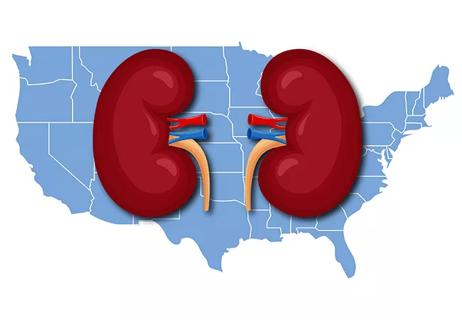
Key findings and proposed clinical interventions for disparity areas
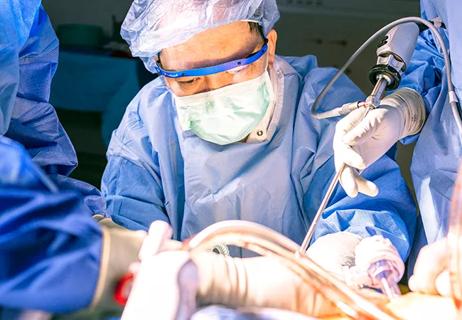
Improving access to lifesaving kidney transplant
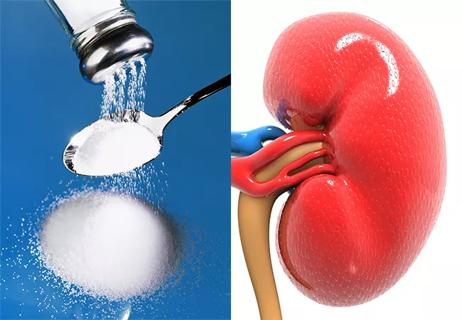
Investigators analyze dysnatremias using the Chronic Renal Insufficiency Cohort (CRIC) Study
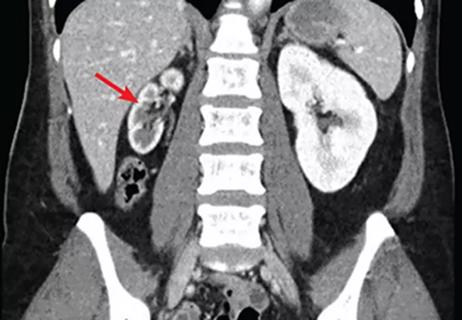
A case study in diagnosing and managing unexplained acute flank pain
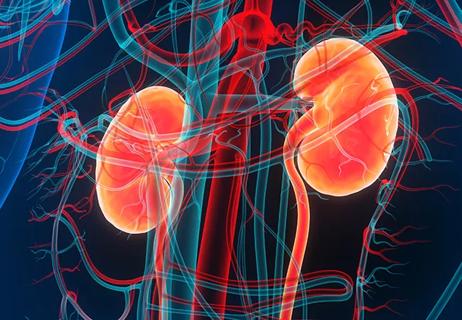
Cleveland Clinic nephrologist and site PI distills its significance and offers considerations